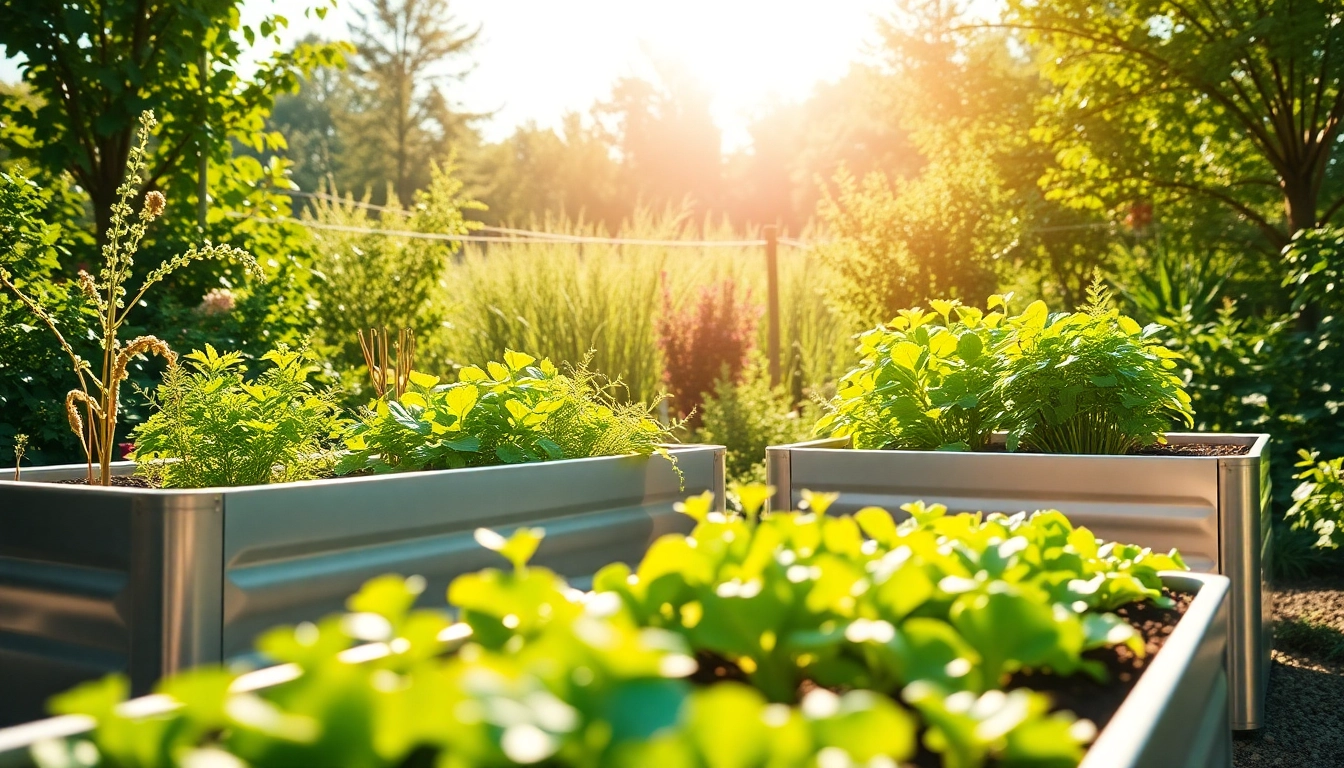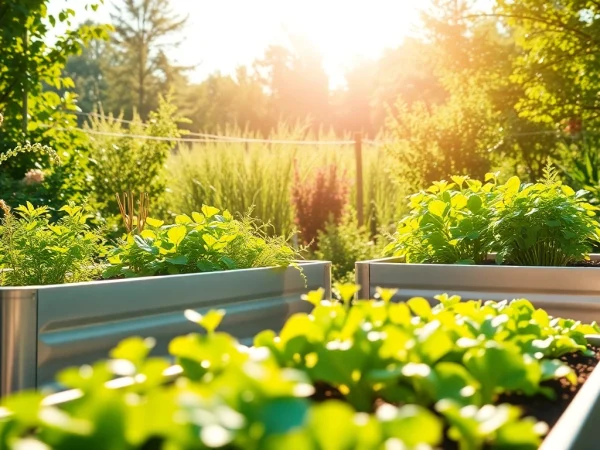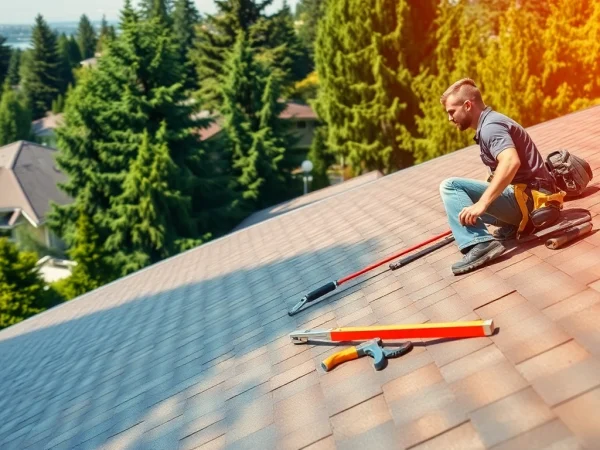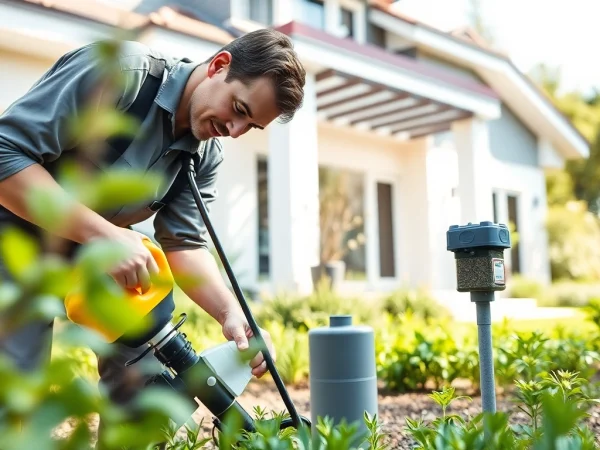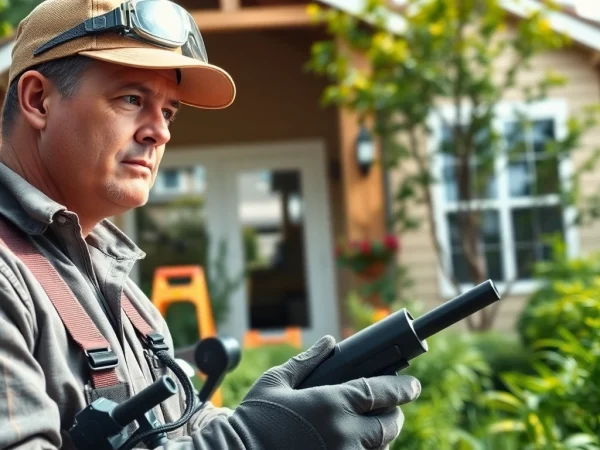Enhance Your Garden with Galvanized Raised Beds: Benefits and Best Practices
Introduction to Galvanized Raised Beds
Raised garden beds have gained popularity among gardening enthusiasts for various reasons, but none is more compelling than the incorporation of galvanized materials. When considering methods to enhance your gardening experience, galvanized raised beds offer a harmonious blend of durability, aesthetic appeal, and functional advantages. This article will explore the multifaceted advantages of galvanized raised beds, how to select the perfect size and shape for your garden, detailed installation guidelines, maintenance best practices, and advanced gardening skills that can optimize your planting efforts.
What are Galvanized Raised Beds?
Galvanized raised beds are garden containers made from steel coated with a layer of zinc for protection against corrosion. The galvanization process enhances the longevity of the metal, allowing it to withstand harsh weather conditions, pests, and general wear and tear. These beds are typically rectangular or square, though they come in various shapes and heights to cater to gardening preferences and space limitations. The elevated nature of these structures allows for efficient drainage and soil management while providing easy access for maintenance.
Benefits of Using Galvanized Raised Beds
Galvanized raised beds present a wealth of benefits that make them an increasingly favored choice among gardeners:
- Corrosion Resistance: The zinc coating prevents rust, ensuring that your beds last for many years, regardless of weather conditions.
- Durability: Metal is more resilient than wood, which is prone to rot and insect damage, leading to a longer life span for your gardening structure.
- Easy Maintenance: The smooth surface of galvanized metal is easy to clean, and it doesn’t require the treatment that wooden beds do.
- Customization: Available in varying shapes, colors, and sizes, galvanized raised beds can be tailored to fit unique garden designs and individual preferences.
- Improved Soil Drainage: The elevated design allows for better drainage and helps prevent soil compaction, promoting healthy root systems.
- Ergonomic Gardening: By raising the garden bed, it eliminates the need to bend down, making gardening more accessible to individuals of all ages and abilities.
Common Uses for Galvanized Raised Beds
Galvanized raised beds are not limited to the cultivation of vegetables. Their utility extends across various gardening endeavors:
- Vegetable Gardens: Perfect for growing a variety of vegetables in a controlled and easy-to-manage environment.
- Flower Gardens: They provide an aesthetically pleasing way to showcase flowering plants and create attractive garden designs.
- Herb Gardens: An excellent choice for cultivating herbs that require well-drained soil and can benefit from the elevated setup.
- Composting: Galvanized beds can be utilized for composting efforts, allowing for easy access to organic material.
- Decorative Applications: Beyond functional gardening, these beds can serve as decorative elements within outdoor spaces.
Choosing the Right Size and Shape
Standard Sizes for Galvanized Raised Beds
When selecting galvanized raised beds, size is a primary consideration that should align with your gardening needs and space availability. Standard dimensions for these beds vary widely, but commonly, they range from:
- 4×4 Feet: Suitable for small spaces and for growing a variety of plants.
- 4×8 Feet: A popular choice that offers more planting area without taking up excessive space.
- 2×6 Feet: Ideal for narrower garden plots or patio areas, offering easy access to all plants.
- Custom Sizes: Many manufacturers provide options for custom dimensions, allowing gardening enthusiasts to fully personalize their gardening experience.
Customizing Shapes for Your Landscape
The flexibility of galvanized materials allows for creative adaptations to fit your gardening aesthetic. You might consider:
- Oval Shapes: Offering a softer look that can enhance ornamental gardens.
- Curved Beds: Ideal for breaking up the rigid lines of a traditional garden layout.
- Decorative Borders: Using smaller beds as borders or accent pieces in larger landscapes.
These customized shapes can help achieve both practical gardening functions and visual appeal in your outdoor spaces.
Factors to Consider When Sizing Your Bed
Size and shape selection should also factor in several practical considerations:
- Available Space: Measure your yard or garden area carefully to determine how much room you can allocate to raised beds.
- Sun Exposure: Ensure your selected size and shape allow for proper sunlight exposure to all plants, critical for growth.
- Accessibility: Make sure the shape doesn’t inhibit movement around your gardening area, and consider how you will maintain the plants.
- Soil Type: Certain plants may require more space for root expansion, influencing your choice.
Installation and Setup of Galvanized Raised Beds
Step-by-Step Installation Process
Setting up galvanized raised beds is a straightforward process when done methodically:
- Site Selection: Choose a location with adequate sunlight and good drainage.
- Prepare the Ground: Clear the area of weeds and debris, leveling the ground to create a solid base.
- Lay Down a Base Layer: Use landscape fabric or cardboard to suppress weeds, improving soil health over time.
- Assemble the Bed: Follow the manufacturer’s instructions for assembly, securing the metal corners tightly.
- Fill the Bed: Layer your soil mix, starting with a base of coarse material such as gravel for drainage, followed by nutrient-rich soil.
Tools and Materials Required
To ensure a smooth installation process, gather the following tools and materials:
- Tools:
- Shovel
- Level
- Drill or screwdriver (for assembly)
- Measuring tape
- Garden gloves
- Pry bar (for heavy-duty assembly)
- Materials:
- Galvanized raised bed kit
- Landscape fabric or cardboard
- Quality soil mix
- Organic compost (if needed)
Tips for Successful Setup
Here are a few practical tips to ensure your galvanized raised bed setup is successful:
- Consider the height of the bed based on your gardening needs; taller beds can be more ergonomic.
- Ensure the edges of the bed are smooth to avoid injury when working around the garden.
- Water the soil before planting to ensure good hydration for the initial growth phase.
- Regularly check soil moisture after installation to establish a watering routine that suits your plants.
Maintaining Your Galvanized Raised Beds
Best Practices for Soil and Drainage
Maintaining the soil quality in your galvanized raised beds is key to a thriving garden. Implement these practices:
- Layering Soil: Follow a layering method – with coarse materials at the bottom and finer soil at the top – to enhance drainage.
- Rotating Crops: To prevent nutrient depletion, rotate your crops yearly, planting different types of plants in alternate seasons.
- Adding Organic Matter: Regularly mix in organic compost to replenish nutrients and improve soil structure.
Watering Techniques for Optimal Growth
Water needs may vary depending on plant types, but general watering guidelines include:
- Deep Watering: When watering, aim to soak the soil deeply rather than shallowly to encourage deeper root growth.
- Frequency: Monitor moisture levels; usually, watering once per week is adequate, with adjustments based on weather and plant needs.
- Mulching: Apply organic mulch on topsoil to maintain moisture retention and suppress weeds.
Seasonal Maintenance Tips
Regular seasonal maintenance will help your galvanized raised beds perform optimally:
- Spring: Clear dead leaves and debris, and prepare your soil by adding compost before planting.
- Summer: Keep an eye on watering needs, especially during heat waves, and prune plants as necessary.
- Fall: Harvest crops, then consider planting cover crops or mulching to protect the soil over winter.
- Winter: If applicable, cover your beds to prevent soil erosion from snow and rain, and consider applying compost as a protective layer.
Expanding Your Gardening Skills with Galvanized Raised Beds
Companion Planting Strategies
Companion planting is a technique that may enhance your garden’s productivity and reduce pests naturally. Some common pairings for success include:
- Tomatoes and Basil: Basil can enhance the flavor of tomatoes and help deter pests.
- Carrots and Onions: They improve each other’s growth and repel mutual pests.
- Squash and Corn: This classic trio utilizes vertical space effectively, supporting each other in growth.
Organic Gardening Techniques to Implement
Organic gardening techniques can be effectively integrated into the maintenance of your galvanized raised beds. Consider these methods:
- Natural Pest Control: Use traps or beneficial insects like ladybugs to control pest populations.
- Crop Rotation: Rotate crops according to plant families to maintain soil health and reduce disease risk.
- Composting: Regularly apply compost to enrich soil naturally without chemical fertilizers.
Creative Planting Ideas for Different Seasons
Utilizing galvanized raised beds allows for innovative seasonal planting strategies:
- Spring: Start with cool-season crops like peas, lettuce, and radishes for an early harvest.
- Summer: Transition to heat-loving plants such as tomatoes, peppers, and cucumbers.
- Fall: Plant invasive crops like kale or winter squash, or use beds for overwintering crops.
With proper planning and seasonal awareness, your galvanized raised beds can yield remarkable results throughout the year.
